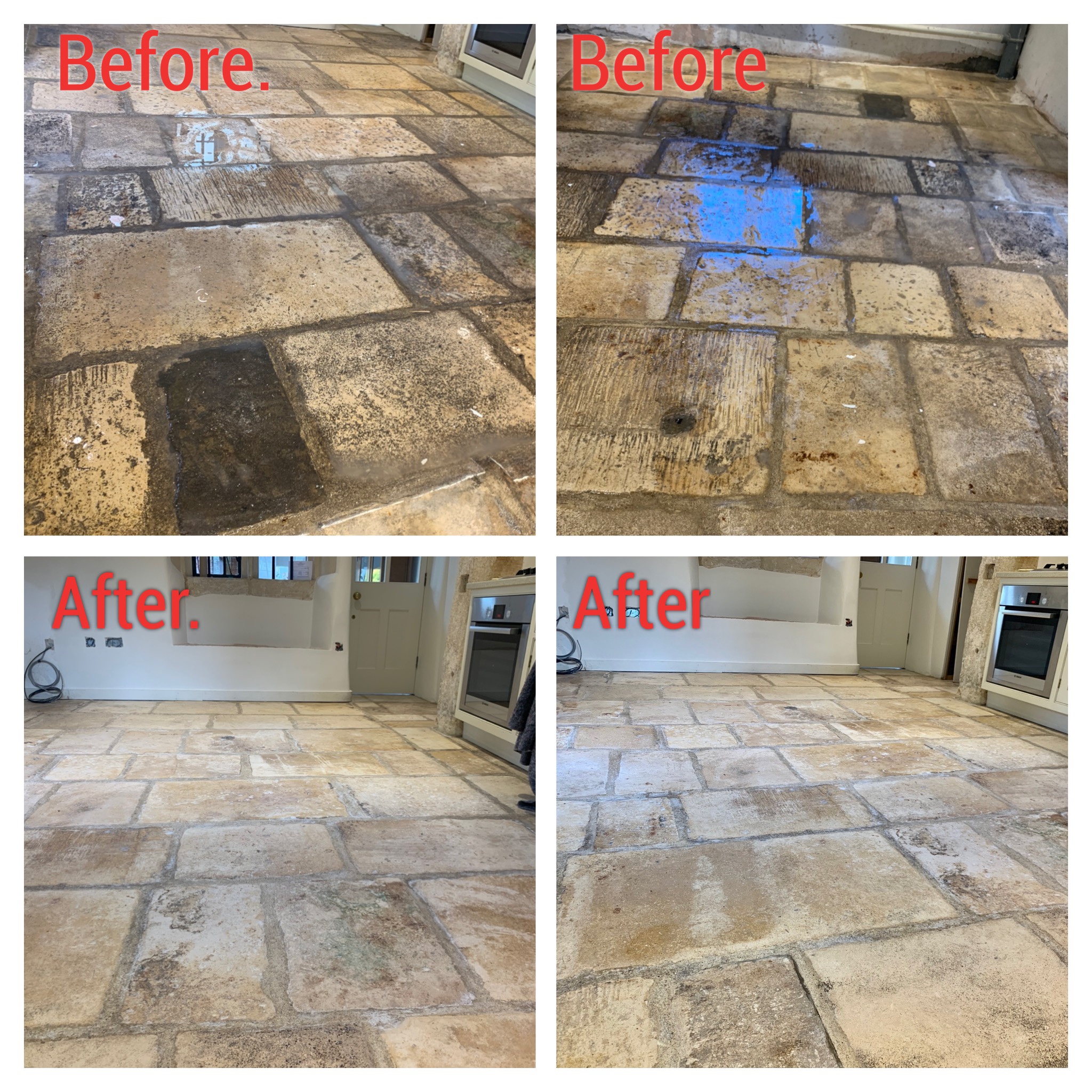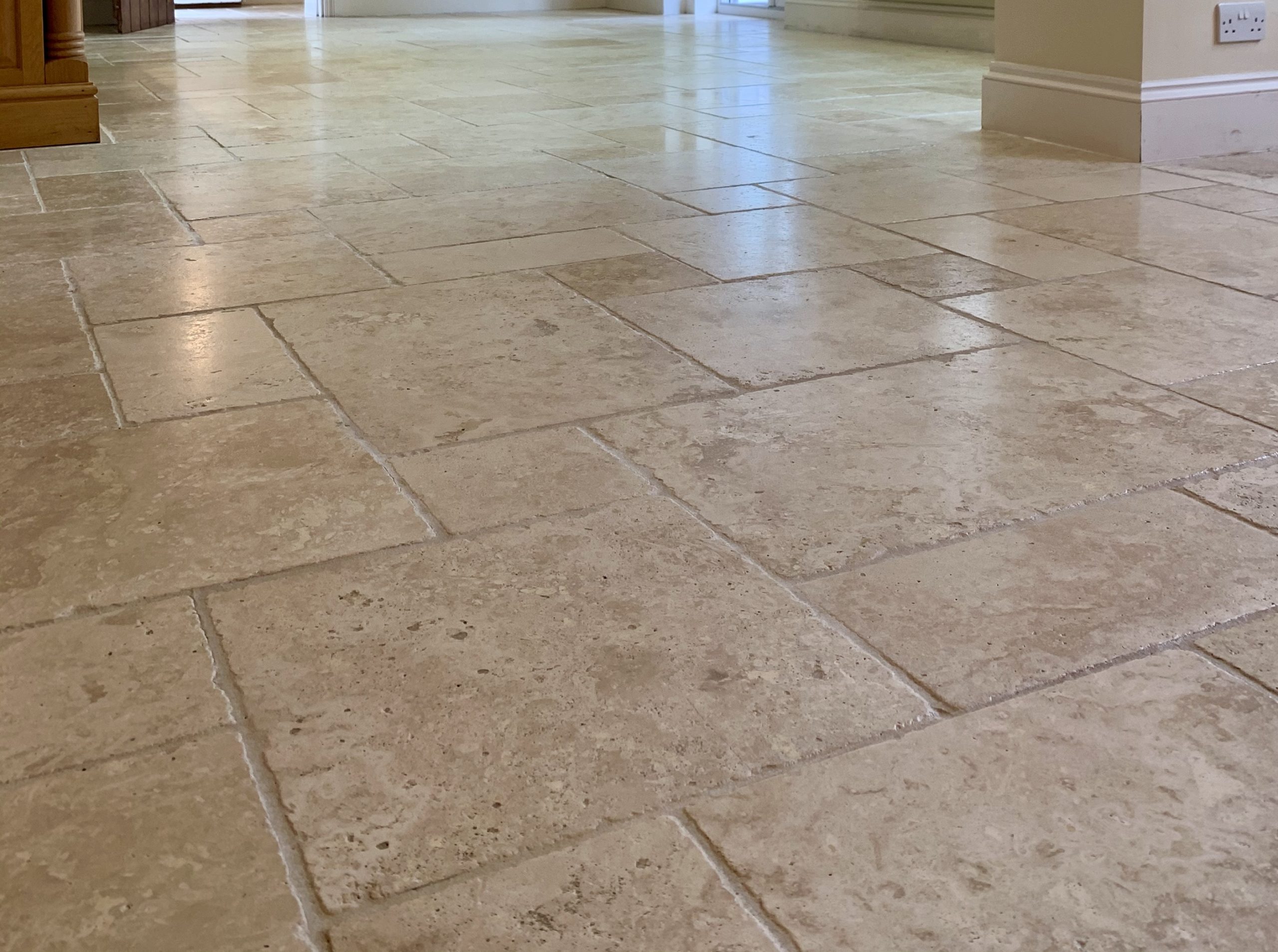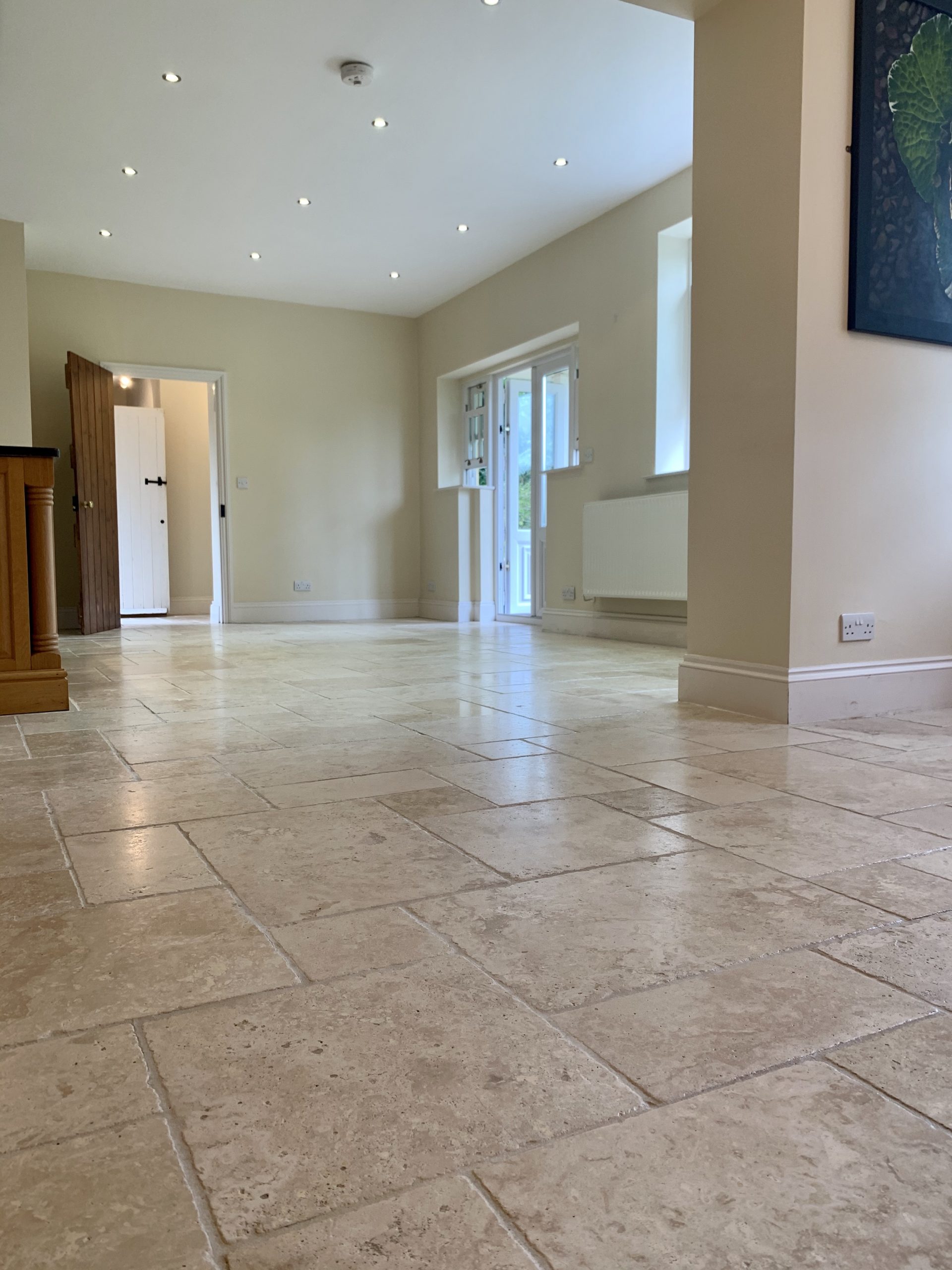

Comparing DIY vs. Professional Stone Floor Cleaning
When it comes to maintaining stone floors, homeowners often debate whether to undertake the task themselves or hire a professional stone floor cleaning service. Both options have their merits and drawbacks in terms of costs, benefits, and results. Here’s a detailed comparison to help you make an informed decision.
DIY Stone Floor Cleaning
Costs: DIY cleaning can be less expensive upfront. You will need to purchase appropriate cleaners and possibly rent cleaning equipment, but these costs are generally lower than hiring professionals.
Benefits: DIY gives you control over the cleaning schedule and the products used, which is important if you have concerns about chemicals or are trying to reduce household expenses.
Results: The effectiveness of DIY cleaning depends on your knowledge and effort. Improper techniques or materials can damage stone floors, leading to costly repairs.
Risks: There’s a risk of using the wrong cleaning agents or equipment, which can etch or scratch the stone, possibly causing irreversible damage.
Professional Stone Floor Cleaning
Costs: Professional cleaning services charge more due to their expertise, commercial-grade equipment, and guarantee of quality. However, considering potential long-term savings from avoided damages, the cost can be justifiable.
Benefits: Professional services bring experience and access to advanced cleaning technologies and solutions tailored to specific types of stone. They can more effectively handle complex issues like deep stains, etching, and restoration.
Results: Typically, professionals achieve better, more durable results. Their methods often extend the life of stone floors and enhance their appearance through techniques like polishing and sealing.
Risks: The main risk involves choosing a less reputable service provider. Ensuring that the service has good reviews and proper credentials can mitigate this risk.
Deciding between DIY and professional stone floor cleaning service depends on your budget, the complexity of the job, and how much risk you’re willing to take on. For regular maintenance, DIY might be sufficient, but for deep cleaning, restoration, or when dealing with high-value stone, professional services are recommended. They not only ensure a thorough clean but also help maintain the stone’s beauty and structural integrity over time.










